Bucky Brooks Gives Vikings 2015 Rookie Class an 'A'
In preparation for the 2016 NFL Combine, NFL media analyst Bucky Brooks **handed out letter grades** to each of the NFC North teams' rookie classes. Brooks gave the Vikings an "A" grade, saying the following:
[Vikings Head] Coach Mike Zimmer has engineered a quick turnaround in Minnesota behind a homegrown group of players who have developed rapidly under the gruff taskmaster. He worked his magic with 2014 rookies Teddy Bridgewater (QB) and Anthony Barr (LB) during his first season at the helm, and he did it again with 2015 rookies Eric Kendricks, Stefon Diggs and T.J. Clemmings, who played significant minutes in Minnesota's 11-5 campaign. Kendricks and Diggs, in particular, look like blue-chip players with immense potential. Each could shine as a front-line playmaker for a team that looks poised to stay atop the NFC North for several seasons. Trae Waynes didn't make a huge impact as a first-year pro, but he made significant strides down the stretch and should be in line to crack the starting lineup in Year 2.
Brooks went on to speculate the types of players that Minnesota could look at for the 2016 NFL Draft. The Vikings have the 23rd pick in the first round. Brooks called the Vikings a "team that looks like a rock-solid contender." He wrote:
Finding help for Bridgewater in the passing game could prompt the team to spend more time studying the likes of Mississippi's Laquon Treadwell, Baylor's Corey Coleman, Ohio State's Mike Thomas and Pittsburgh's Tyler Boyd as WR1 options. The team also could explore the running back market to see if there's a big-bodied runner capable of stepping in for Adrian Peterson down the road. Alabama's Derrick Henry, Ohio State's Ezekiel Elliott and Arkansas' Alex Collins could draw interest as potential RB1s in the Vikings' downhill system.
Brooks also graded the Packers highly, giving them an A-minus. The Bears and Lions received "B" and "C" grades, respectively.
View some of the best images of the defensive line from 2015.







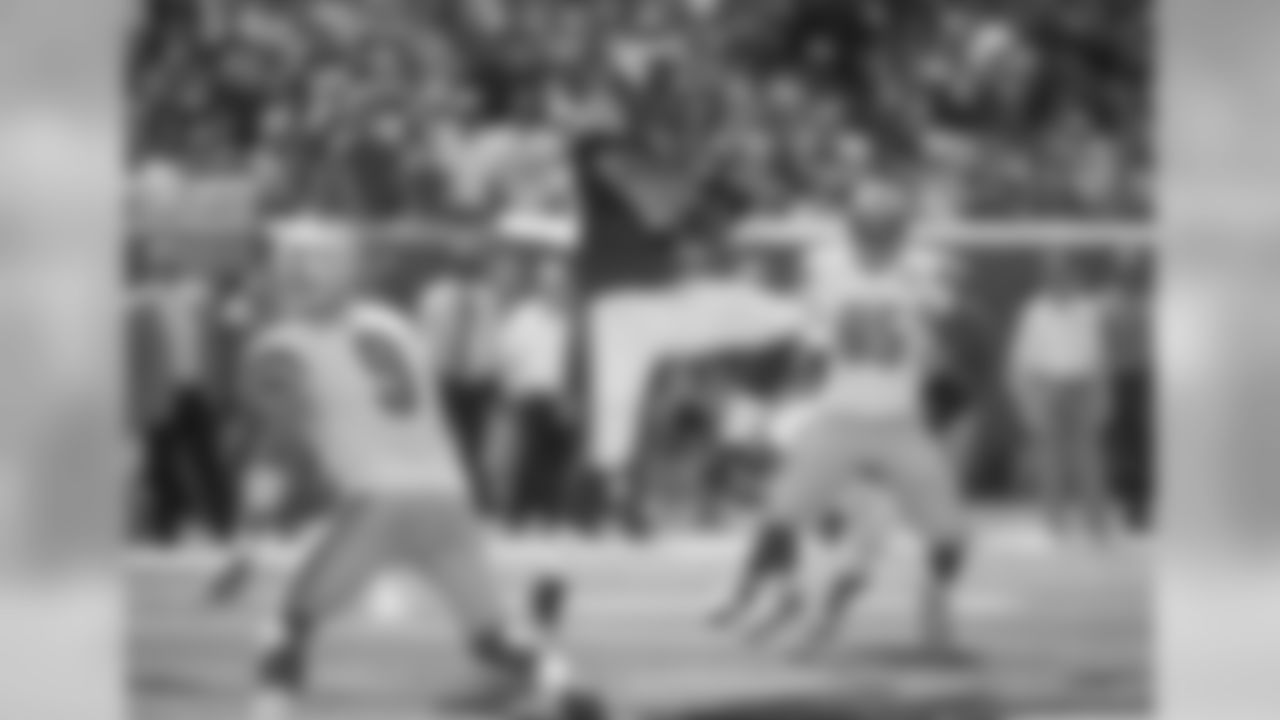



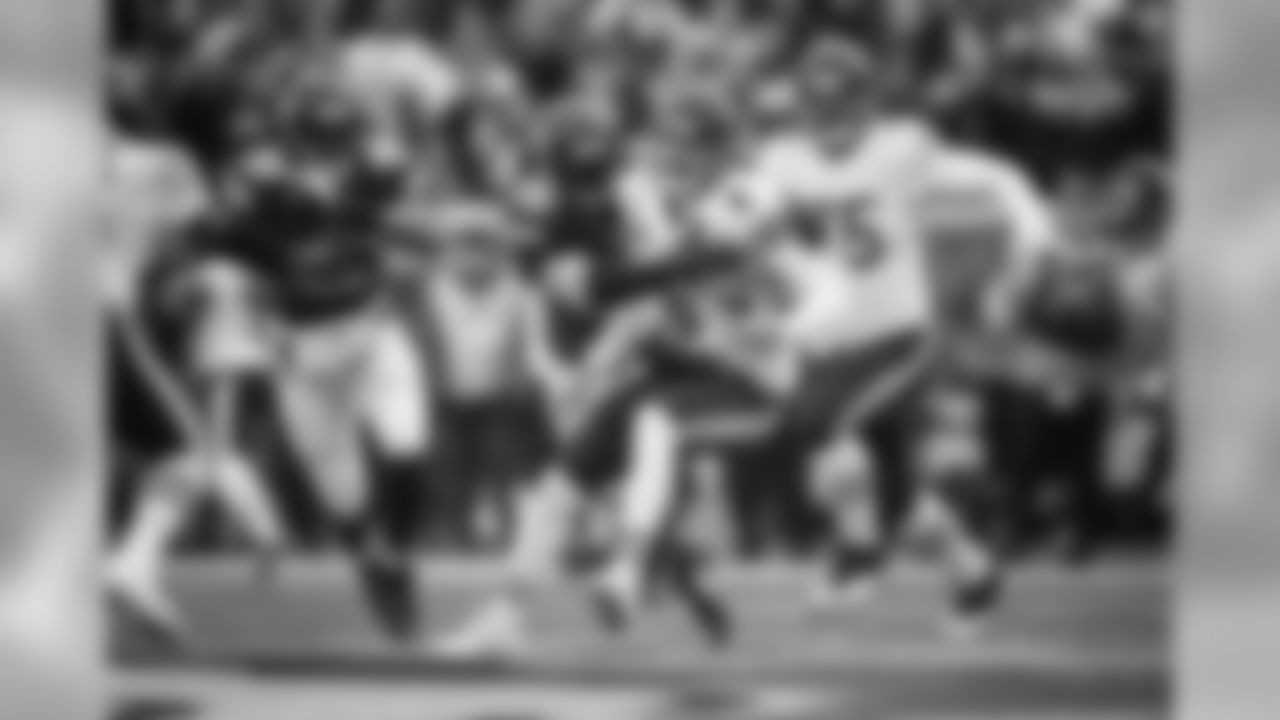
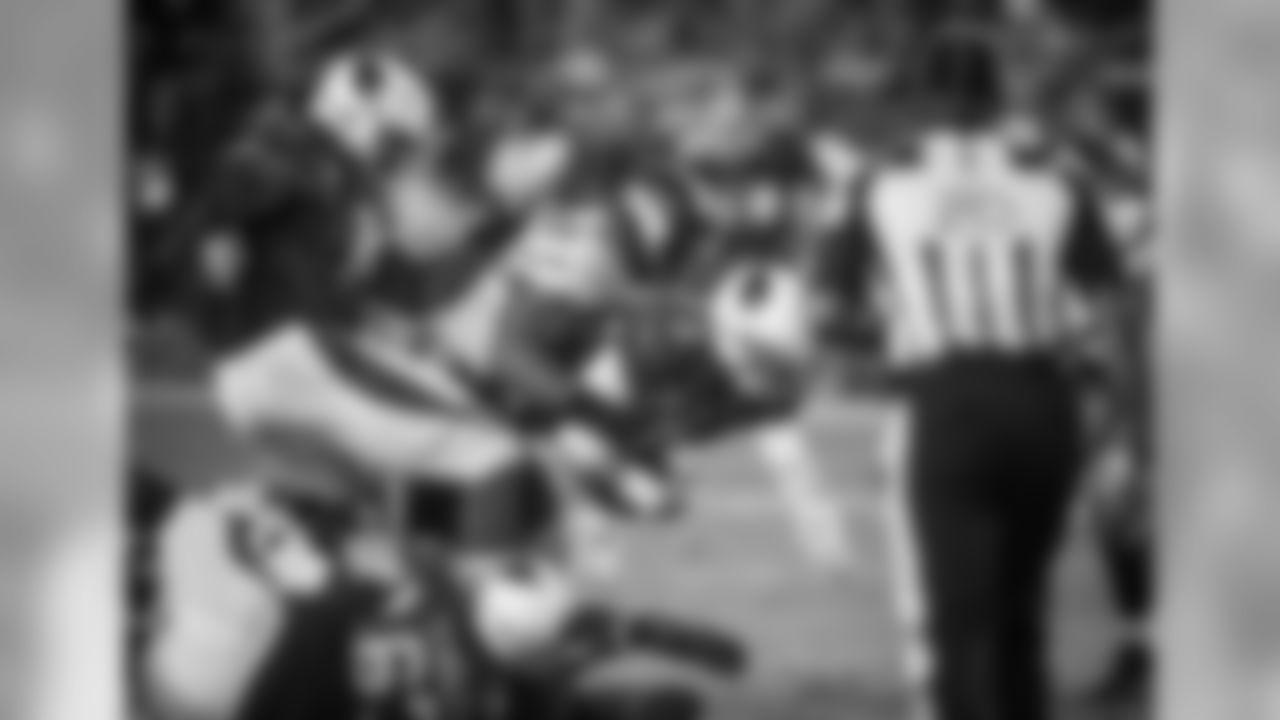
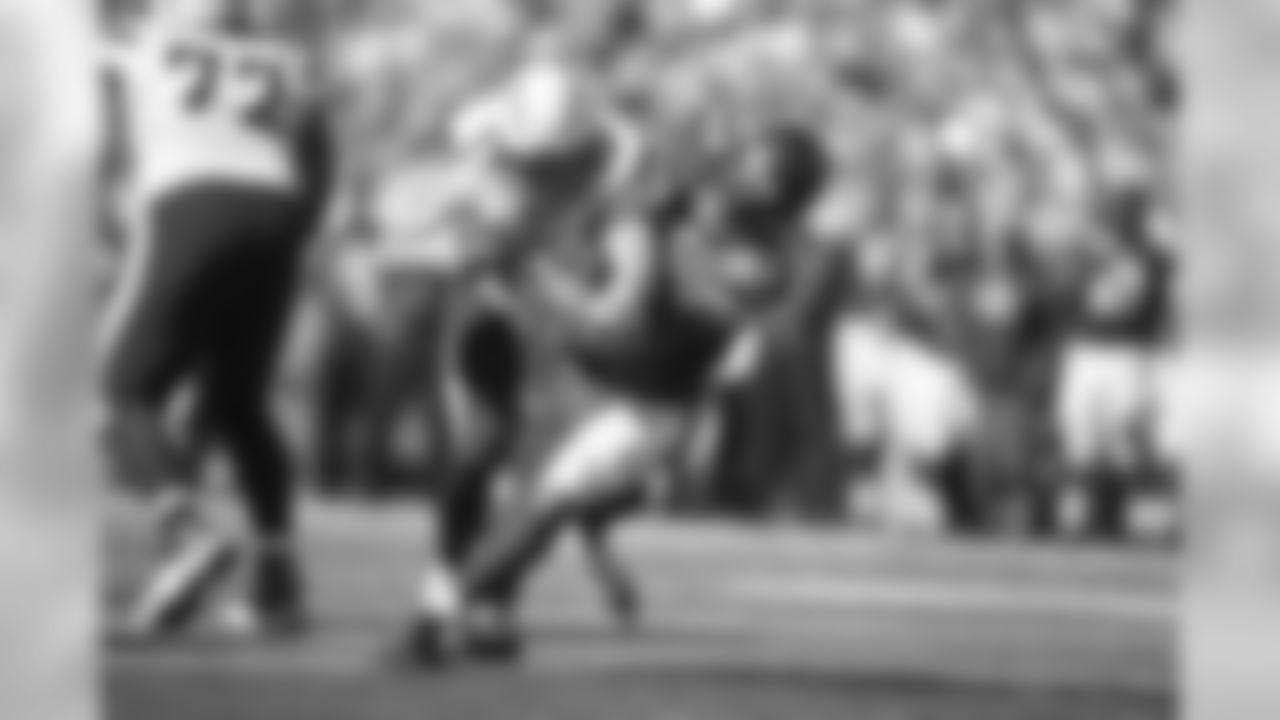

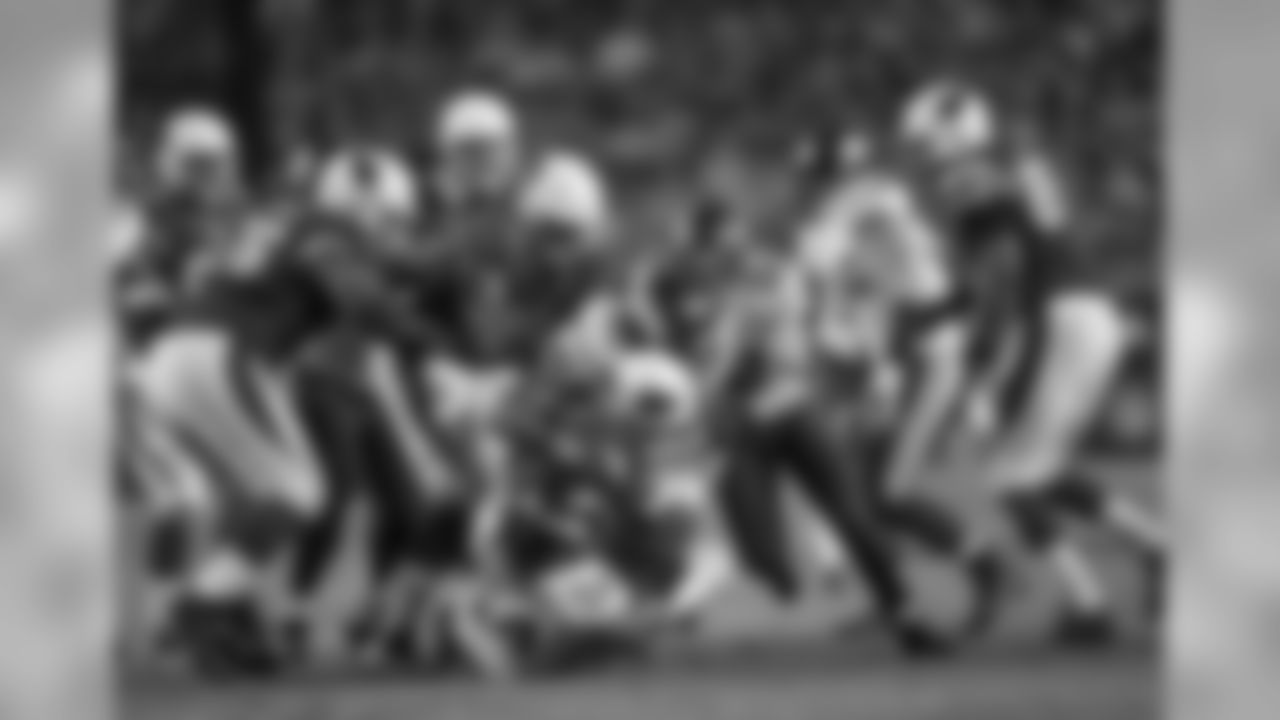


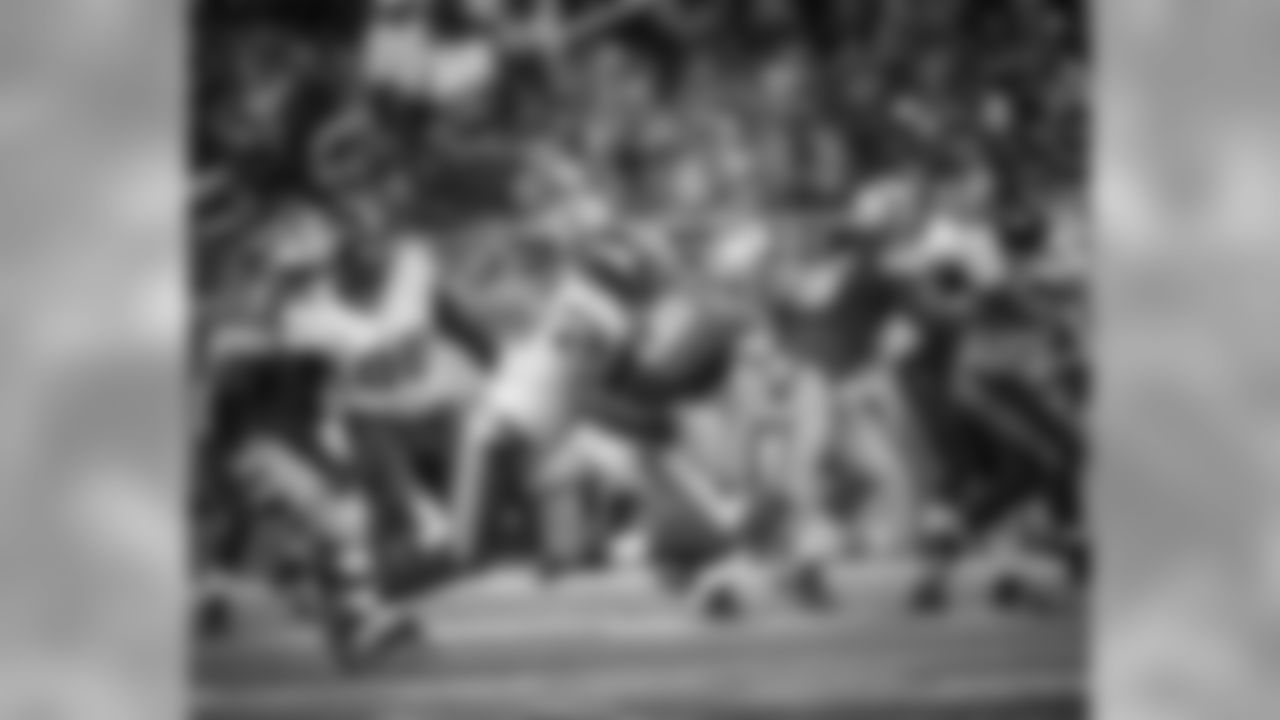



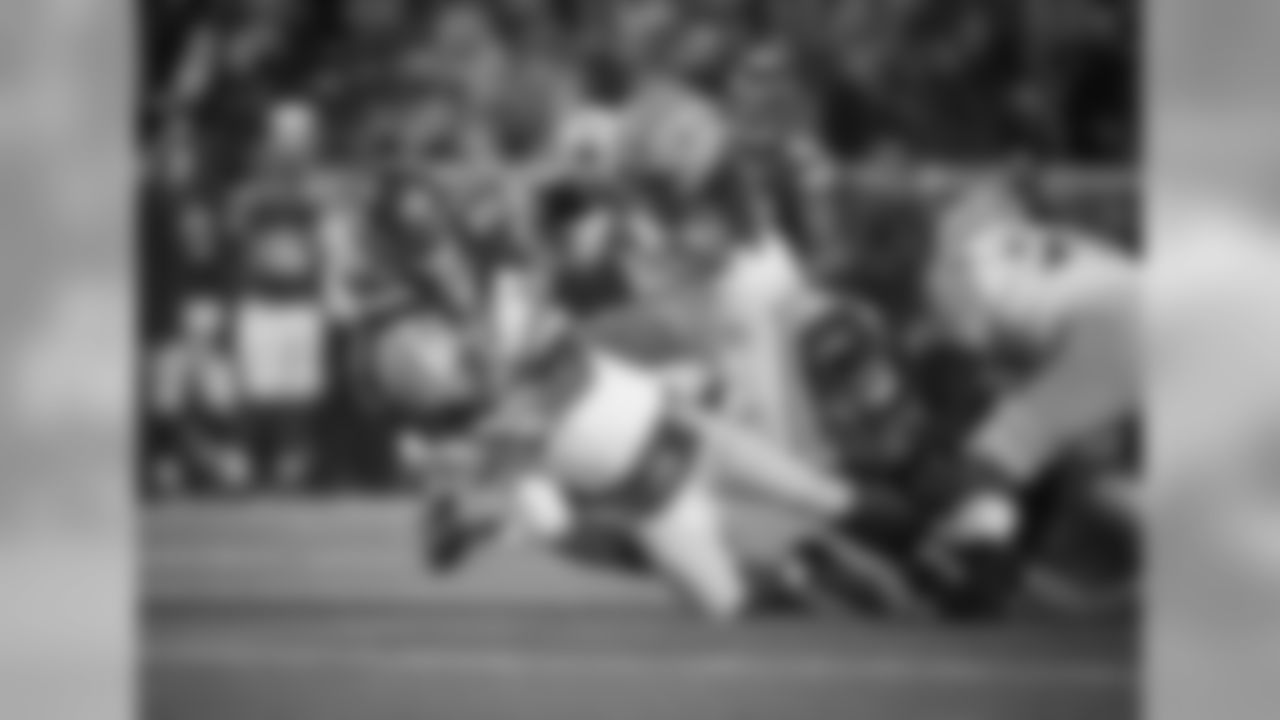








Review of 2015 defensive line
As part of his offseason review, Star Tribune writer Matt Vensel **recapped the Vikings defensive line** and assessed where the unit stands heading into 2016. As a group, the defensive line totaled 30 sacks during the 2015 season and proved a strong area for the Vikings.
Vensel wrote that nose tackle Linval Joseph made the biggest impact in 2015, despite missing four games with a toe injury.
While defensive end Everson Griffen made the Pro Bowl as an alternate after recording a team-high 10.5 sacks, Joseph was the biggest standout along the defensive line, even if he didn't get an invite to Honolulu. Joseph was arguably the NFL's best nose tackle in his second season here.
Next to Joseph on the inside, both Sharrif Floyd and Tom Johnson played well in spurts, though injuries to Joseph and Floyd meant that Johnson had to start eight games. He is best utilized as a situational pass rusher.
Vensel also gave kudos to veteran defensive end Brian Robison and rookie defensive end Danielle Hunter. According to Vensel, while defensive line personnel is a low priority for the Vikings in the draft, they could afford to add depth.
The Vikings are in good shape here, but they could look to bolster their depth in the draft, especially at nose tackle. Shamar Stephen, who surprisingly carved out a role as a seventh-round pick in 2014, missed most of the 2015 season due to injury and the Vikings did not trust Ellis to play a significant role in the four games Joseph sat out.
*
*
Will the Vikings place a franchise tag in 2016?
Starting today, NFL teams can use their franchise tag designation on a pending free agent to essentially limit that player from hitting the open market. The **window for franchise tag placement** goes through March 1.
As Viking Update writer John Holler explains, the franchise tag player is guaranteed to receive a salary of the top five players at his position, or 120 percent of his current salary – whichever number is higher. Players can be identified as "exclusive" or "non-exclusive," the latter being free to negotiate with other teams and sign an offer sheet that his current team can then match.
If his current team doesn't match it, the signing team must give up two first-round draft picks as compensation, something that has never been done in the history of the salary cap era because of the value associated with first-round draft picks.
There is also the transition tag, which pays a player the average of the top 10 salaries at his position and if another teams signs that player to an offer sheet, the original team has the right match the offer, but receives no compensation if that player signs with another team.
Holler pointed out that, because the franchise tag delays the player's chances for a signing bonus and perks of a long-term contract, it's not a move teams make flippantly. Holler speculated it's not a move the Vikings will jump on.
With the franchise tag established in 1993, the Minnesota Vikings have made a point to avoid getting players into a contract squabble by placing the franchise tag on him. The Vikings have only done it twice in the 23 years of the tag system, on tight end Jim Kleinsasser in 2003 and linebacker Chad Greenway in 2011.






















